When planning your garden, it’s easy to overlook one critical yet unsightly component: your outdoor air conditioning unit. But with the right techniques, you can turn this functional eyesore into a well-integrated part of your landscape design—without sacrificing airflow, efficiency, or accessibility. Here are six expert-approved ways to garden around your outdoor AC unit the right way.
1. Maintain Proper Clearance for Airflow
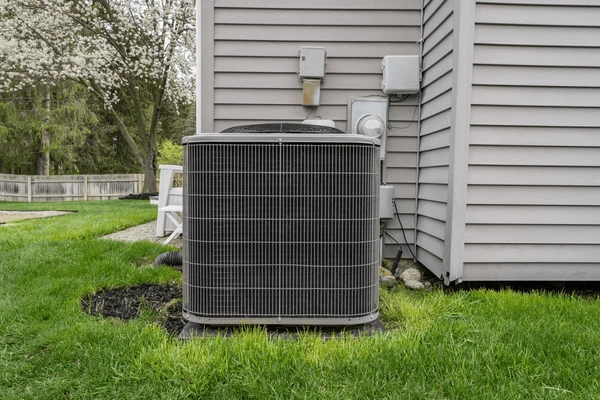
Before adding plants or decorative elements near your AC unit, it’s essential to ensure proper clearance. Most HVAC manufacturers recommend maintaining at least 2 to 3 feet of open space on all sides of the unit and 5 feet above for optimal airflow.
Plants placed too close can obstruct the airflow and reduce your unit’s efficiency, forcing it to work harder. That not only raises energy bills but also shortens the lifespan of the system. Use a tape measure before planting to confirm you’re staying within safe distances. For added safety, mark boundaries using mulch or edging stones.
2. Use Low-Growing Plants or Groundcovers
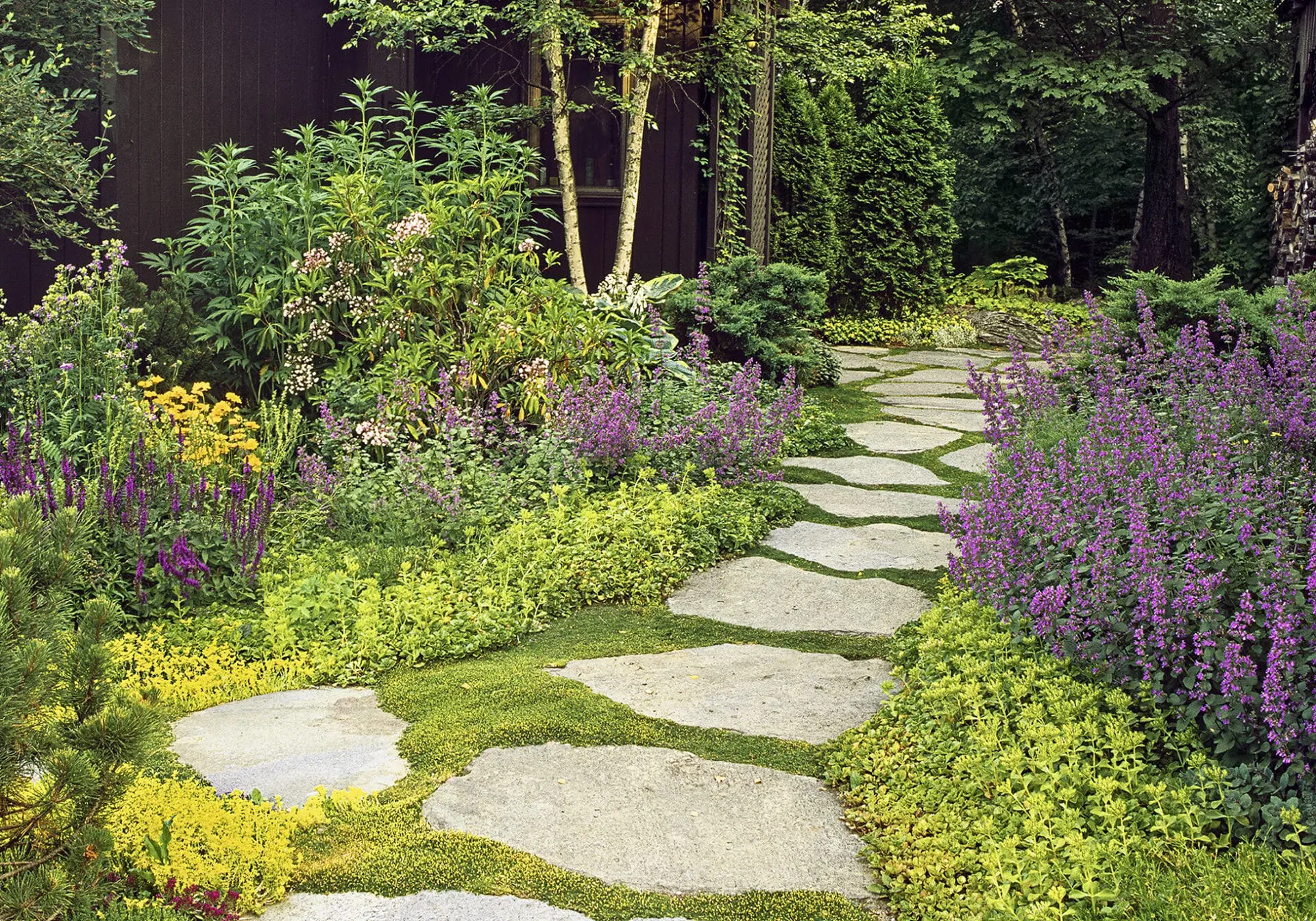
Tall shrubs or fast-growing vines might seem like great options for screening your AC unit, but they can quickly overwhelm the space or block essential airflow. Instead, opt for low-maintenance groundcovers or low-growing plants such as hostas, liriope, or dwarf ornamental grasses.
These plants provide aesthetic value while ensuring that your AC unit remains accessible for maintenance. Plus, they help reduce dust and debris buildup by keeping soil in place, preventing it from getting sucked into your system.
3. Install a Decorative Lattice or Ventilated Screen
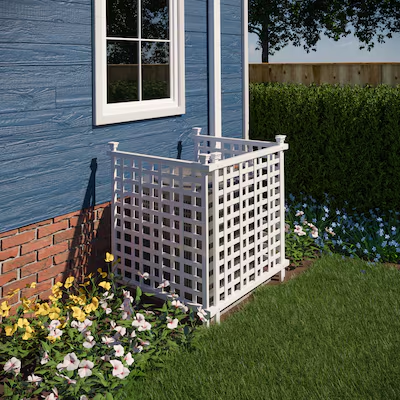
If you’re looking to hide your AC unit without harming its function, a decorative lattice or ventilated screen offers the perfect solution. These structures are designed to blend into your garden while allowing plenty of room for ventilation.
You can choose wooden trellises, vinyl panels, or even metal grilles that match your home’s design. Be sure to install them at the recommended clearance distance and leave one side open or removable so your HVAC technician can access the unit when needed.
4. Create a Gravel or Mulch Buffer Zone
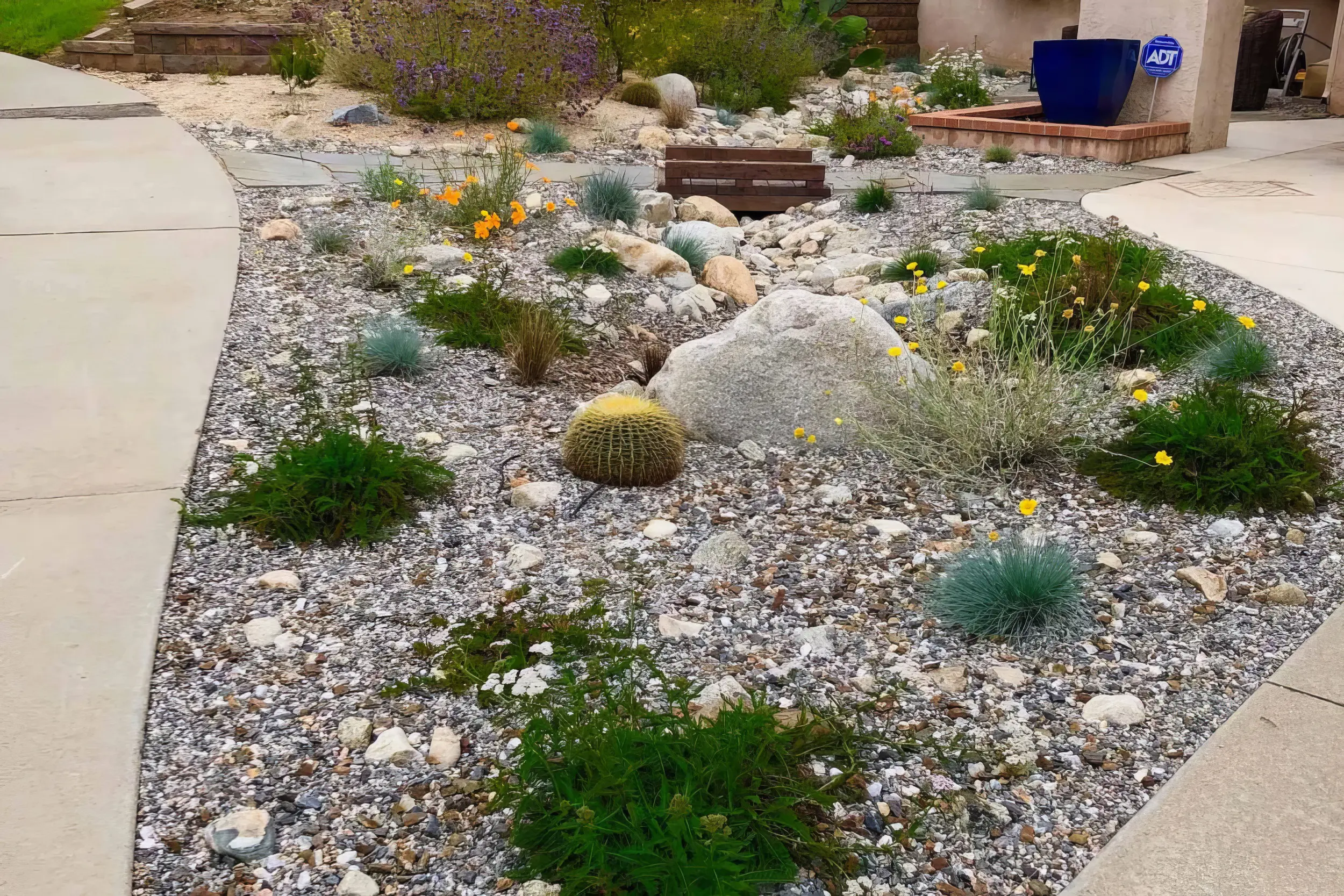
Moisture-loving plants or frequent watering near your AC unit can create rust or electrical hazards. To prevent this, surround your unit with a buffer zone made of gravel, river stones, or mulch.
This zone not only discourages weed growth and mud splatter but also improves drainage around your equipment. Additionally, gravel or mulch absorbs less heat than concrete, which helps maintain cooler air around the unit for better performance during summer.
5. Plant for Shade, but Not Too Close
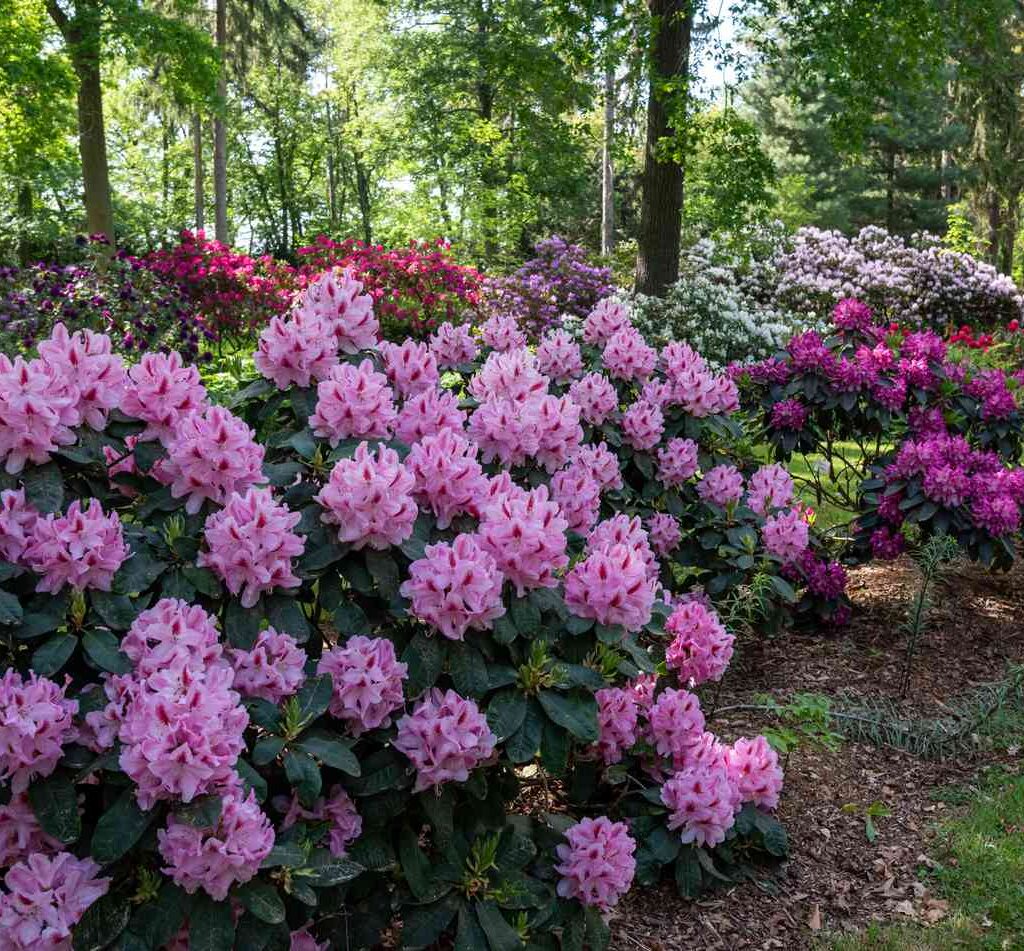
Strategically placing taller shrubs or trees nearby (but not too close) can provide shade to your AC unit, which improves its efficiency. Shading the unit reduces the ambient temperature around it, helping the system operate with less effort.
However, avoid trees or bushes that shed heavily or drop pollen and seeds. Debris can clog coils and reduce airflow. Ideally, plant shade trees on the west or south-facing side of the unit and keep them at least 5–10 feet away to prevent root interference or falling leaves.
6. Ensure Easy Access for Maintenance
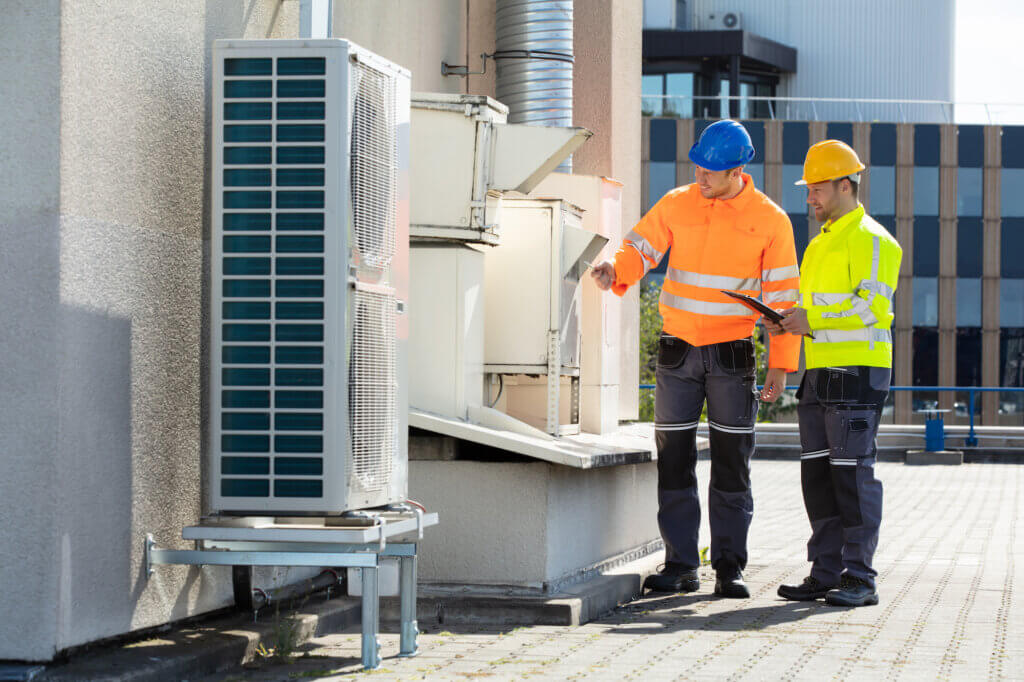
Your AC unit needs regular maintenance—and so do the plants around it. Always leave enough space around the unit for service personnel to maneuver tools and perform inspections or repairs.
Avoid permanent installations or tightly packed plants that make it difficult to reach the electrical panel, coils, or fan. Removable panels, stepping stones, or a simple gate in a privacy fence can provide convenient access without compromising your garden’s beauty.
Final Thoughts
Gardening around your outdoor AC unit doesn’t mean compromising on either beauty or efficiency. With thoughtful planning, proper clearance, and strategic planting, you can achieve a visually appealing and HVAC-friendly garden space. These six methods help you blend functional and floral elements in a way that keeps your unit cool, running smoothly, and looking good year-round.
Whether you’re a gardening enthusiast or a homeowner looking for creative landscaping solutions, integrating your AC unit into your design is entirely possible—when done the right way.

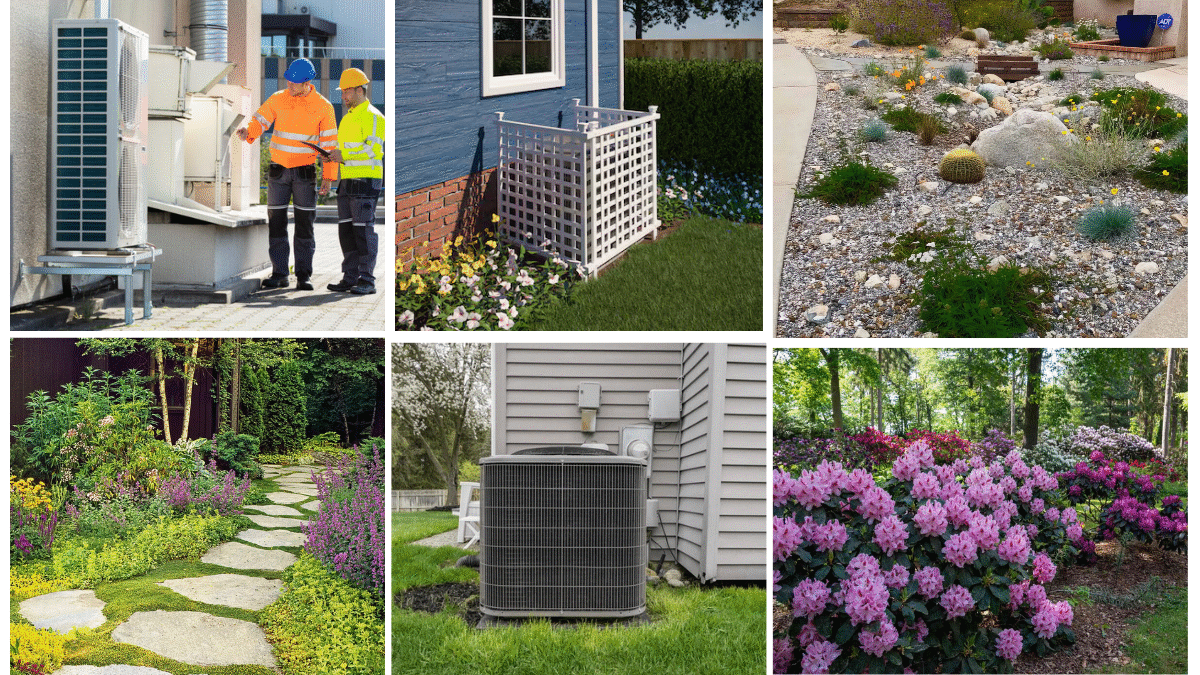




Leave A Comment